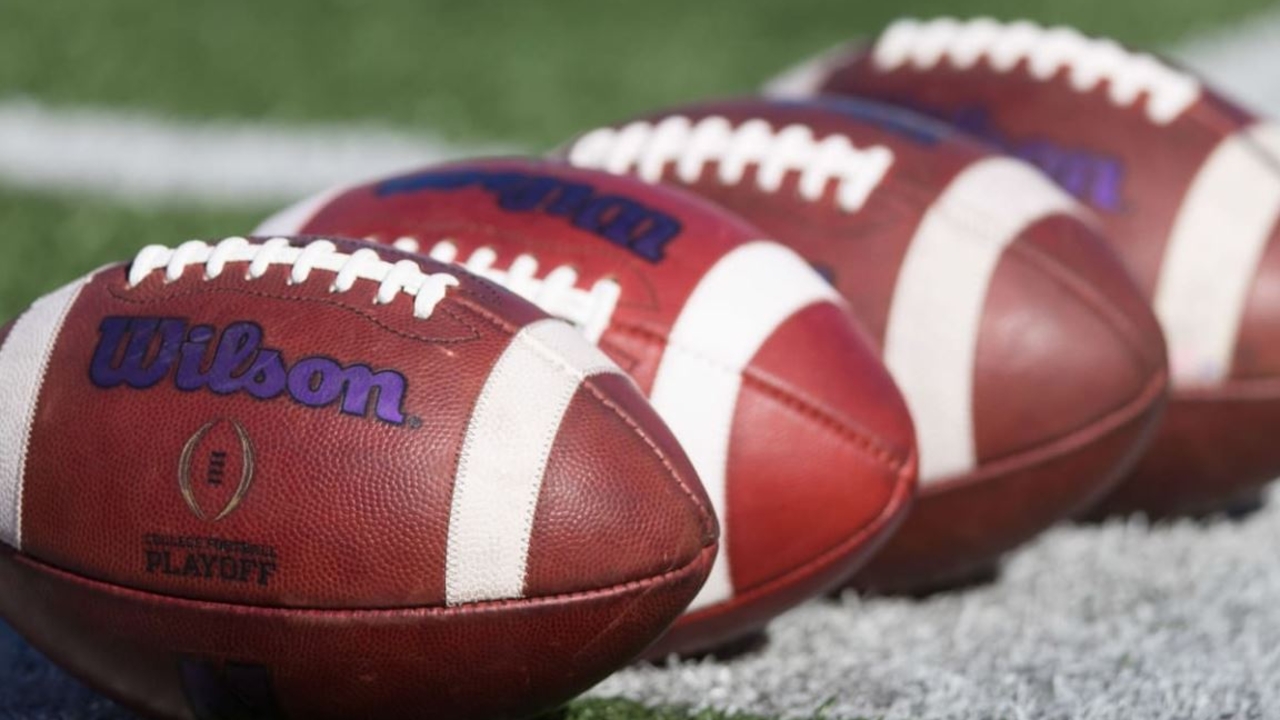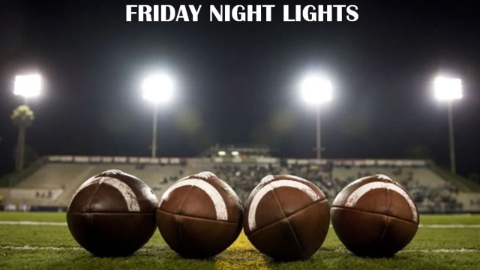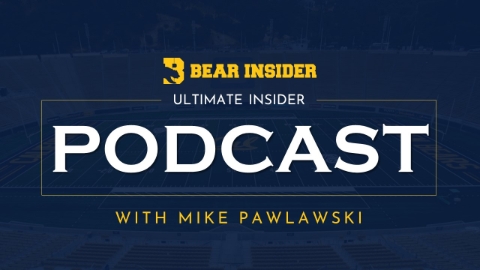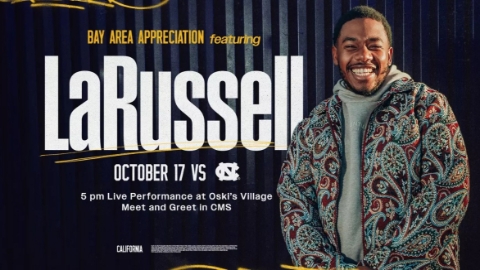All you have to do is get faux, espn, alabama, tosu, georgia, atm, texas, … , agree to share the revenue. Write a story about it when they agree.

It’s a game we all know and love. We feel its distinctiveness in the colors of our favorite school, the sound of the band, the uniqueness of every college town and stadium, and a deep sense of rivalry, tradition, and historical import that simultaneously transcends and lifts up the particular players and coaches who take the field.
There’s something primal and tribal about college football and we relate to it in a visceral and intimate way. Unlike professional sports, where we live for a fleeting glimpse of our stars and can only imagine the world which they inhabit, we’ve traveled the same roads, taken the same classes, and eaten at the same dive restaurants as the players we see on the field wearing our school colors on Saturdays. It emotionally binds and reconnects us to our school and our years in college that more often than not changed our lives forever.
The above has created the single most potent lifeline between a University and its alumni. It’s a touchstone and catalyst for donations both academically and athletically to our schools. Moreover, it’s the revenue engine that enables our schools to support a diverse and rich set of sports for men and women student-athletes.
All of that - from the wholly-unique entertainment experience that is college football to its role as the essential support mechanism for all student-athletes - is now at risk.
An ever-weakening governing body in the NCAA, a set of overseers who turned a blind eye to the exploitation of the student-athletes, and a group of conference commissioners and broadcast media executives who see their goals only in terms of short-term profitability and myopic self-interest have unconsciously led the sport to an inflection point from which it may never recover.
The solutions are not in the least complicated or nuanced. They originate from an intention to preserve and grow the product that is college football for the benefit of all of its stakeholders. It starts with the fans, the alumni, the season ticket holders, and the donors. They are the undeniable consumers whose ongoing presence and support are existential for the sport. If every decision is not viewed through the lens of whether it will help to nourish and grow the fan base, then it will by its very definition be a bad one.
It has to include the university presidents and their academic and athletic departments. Does the decision help to fulfill the unique mission of higher education and do so in a way that supports a diverse set of athletic programs within these universities? If it doesn't, then what about it is “college” football?
The student-athletes who are the stars of the show, the players who become our heroes through both their athletic endeavors and representation of the school we love, have to share in the value that is created by their efforts, time, and sacrifices. Allowing them to share a piece of the pie that they help create and giving them some freedom over where they matriculate have to be a part of the equation.
Conferences play a role here but it’s a second-level one. And broadcasters also play a significant role but again, it needs to be secondary.
The 130 member schools at the BCS level have to come together and form a new (the NCAA is too broken at this point) governance entity to oversee college football. They need to imbue this group with the power to 1.) Set and enforce regulations around revenue share for the student-athletes, including NIL; 2.) Set and enforce regulations around the transfer portal and recruiting overall; 3.) Create and manage a 8+ team playoff that results in a National Champion, including the media rights for that playoff.
The third element is a critical one as the playoff can create guidelines that improve the product of college football. It can use the regulations in #1 and #2 to determine who is eligible for the playoff and it can require teams to play as competitive a schedule as possible in order to improve the diversity of playoff participants and overall diversity.
Beyond NIL, this entity will set aside a portion of its net revenues to be shared with the student-athletes, perhaps in the form of increased health insurance and other cash and non-cash benefits post-graduation.
The above is simple and straightforward. The rules and regulations as well as the power and autonomy of this new entity would be subject to the approval of the 130 university presidents with the governing board made up of a subset of those members.
The challenge comes when trying to implement it. The B10 and the SEC are out to optimize college football only for their members. FOX, ESPN, and other broadcast platforms in some ways should have a longer-term and more holistic viewpoint. Unfortunately, they seem more focused on maximizing their profit based on today's college football landscape and on how rights grants impact them competitively with one another. The university presidents within those two conferences are easily persuaded by the ever-increasing revenue and leverage they are getting, with not enough focus on how it will impact the sport long term much less their peers who are not in one of those two conferences.
The media can play a role here. Instead of making the story about super leagues and the haves and have-nots, they can focus on the impact on all of college athletics and the dire consequences of our current course. The schools not in the B10 and the SEC and their respective conferences can stop worrying about their near-term membership losses or gains and instead focus all of their attention on solving for the broader opportunity. The public universities among those 100 (and they are the majority) can utilize their political leverage to force the needed changes.
The time is now before the cement dries around a plan that benefits only a handful of schools and creates short-sighted profits for them and their broadcast partners. Fans, coaches, players, schools, and conferences all need to find a single voice to save this beloved sport, not only for its own benefit but for the benefit of all of the other student-athletes whose college experiences are dependent on football for their survival.
Other stories:
Esty Talks Recruiting and Visits
The Future of Cal Athletics Hangs in the Balance




